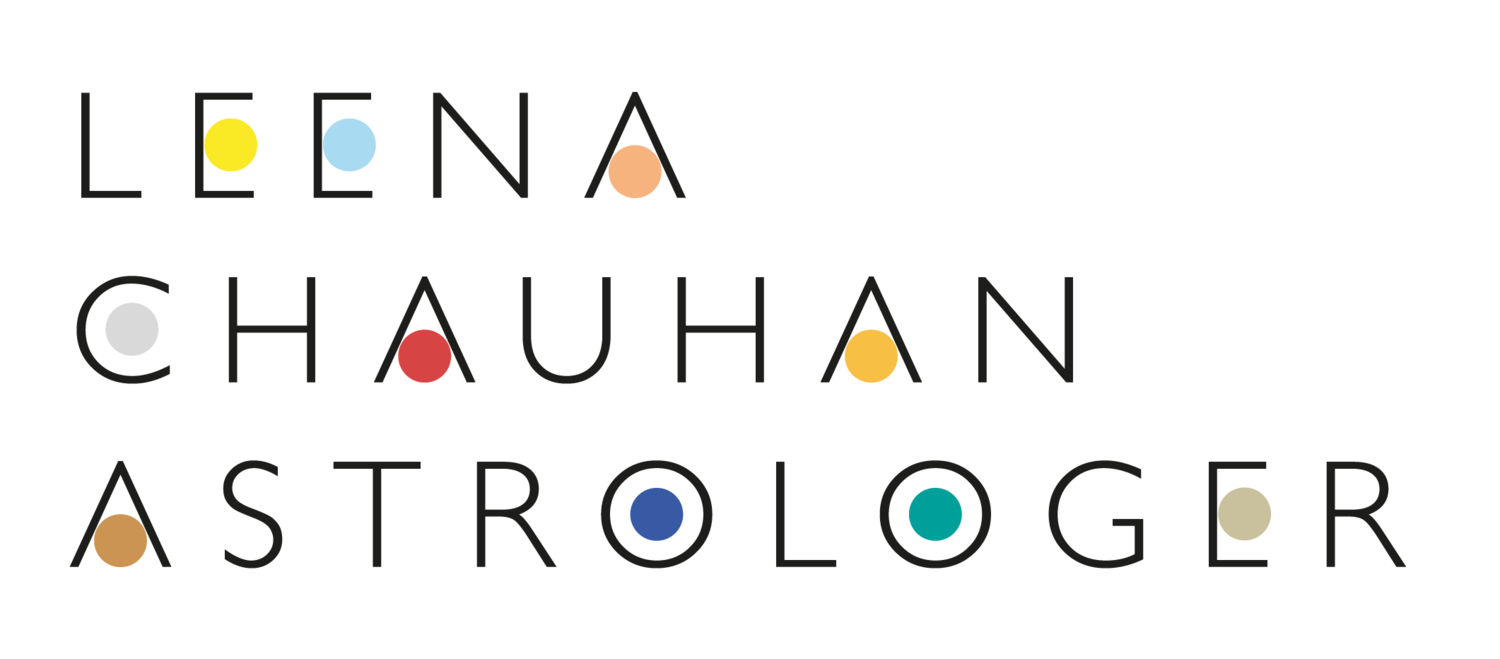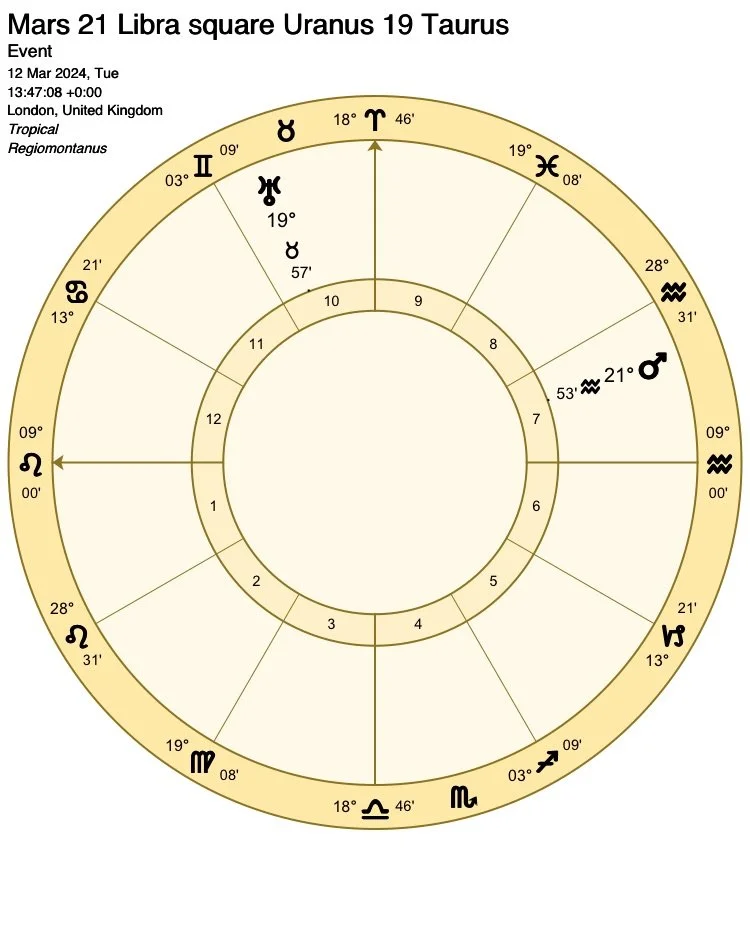Astro Note: Zodiac Degrees
The zodiac circle imaginatively traces and storifies the Sun’s path through the sky, or ecliptic, as viewed from Earth.
Humans have been watching planets travel through the zodiac since 3rd millennium BCE [1] and have found meaning and practical use in observing correlations between planetary cycles and life on Earth.
The traditional astrological planets - the Moon, Mercury, Venus, the Sun, Mars, Jupiter, and Saturn - have been visible to the naked human eye since ancient times. With telescopes, the movements of Uranus, Neptune and Pluto can also now be observed.
There are 360° in a circle. The zodiac belt comprises 12 astrological signs, from Aries through to Pisces. Each zodiac sign comprises 30°.
In an astrological chart, every planet is not just ‘in’ a sign, but located at a specific degree within that sign. When two or more planets aspect or connect to each other in an astrologically recognised way, their connection is determined by sign and degree. The number of degrees that validate an aspect varies by the planets involved. As a general principle, any connection within 3° is live.
Mars in Aquarius describes which sign Mars is in. Mars at 21° Aquarius locates Mars more specifically within the 30° of the zodiac occupied by Aquarius in a given astrological chart.
Mars at 21° Aquarius in square to Uranus at 19° Taurus shows that the connection between the two planets is alive as they are within 3° of each other. A client will feel this. It would also grab an astrologer’s attention in a chart interpretation.
Mars at 21° Aquarius square Uranus at 26° Taurus describes how Mars will soon aspect or connect to Uranus as it moves through Aquarius. For now, the aspect is building and may not yet be strong enough to be experienced. An astrologer would flag this transit, or planetary contact, to their client as part of a forecast.

